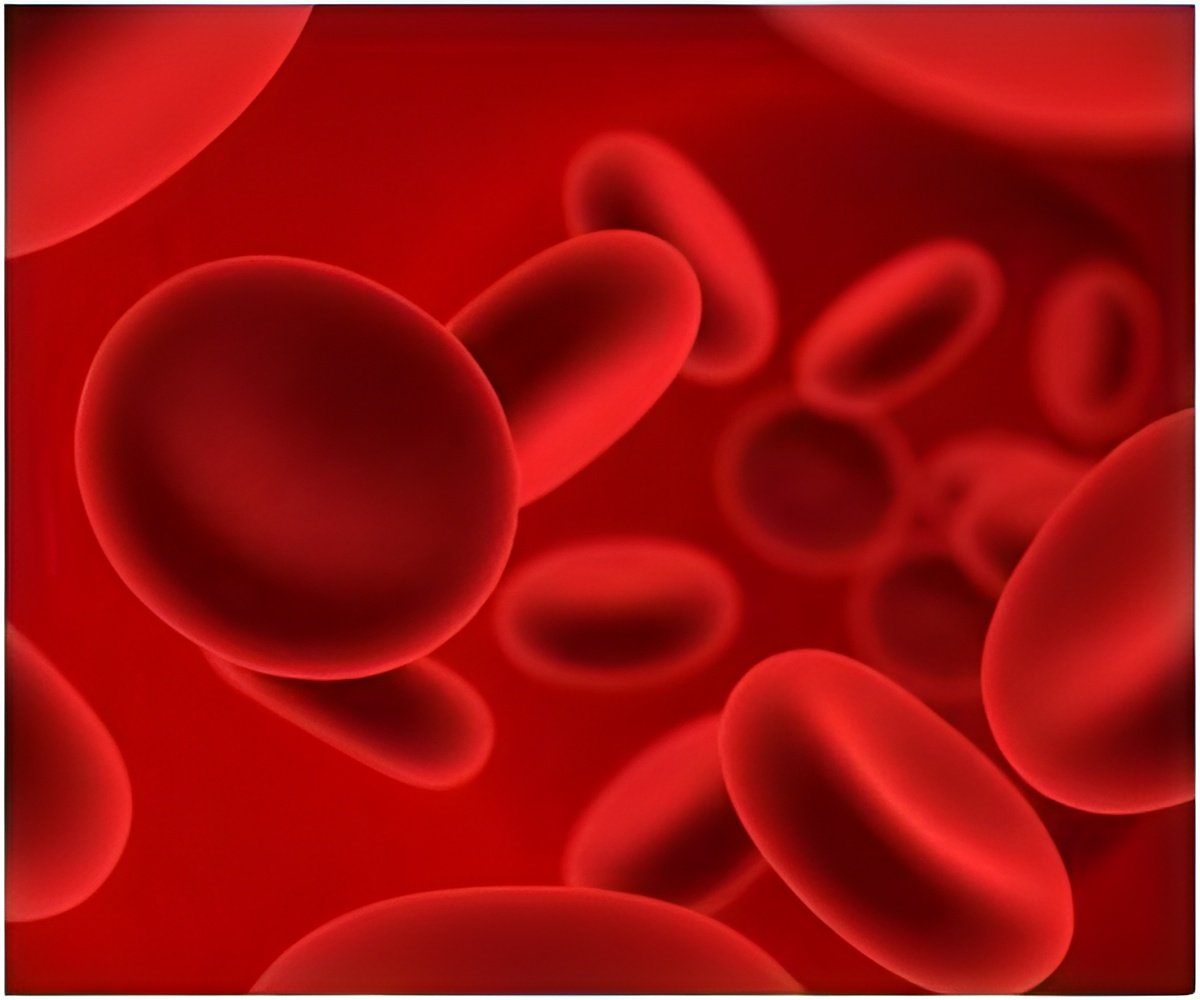A protein that is the target of glucocorticoids, drugs that are used to increase red blood cell production in patients with certain types of anemia has been identified by scientists.

Anemia occurs due to a breakdown in erythropoiesis, the multi-step process that creates red blood cells. Some common anemias can be treated with a recombinant form of the hormone erythropoietin (EPO), which normally stimulates red blood-cell production at a fairly late stage of erythropoiesis.
However, certain anemias fail to respond to EPO, creating a large unmet medical need. In the case of Diamond Blackfan anemia (DBA), patients lack a sufficient number of EPO-responsive cells. Instead, glucocorticoids such as prednisone or prednisolone are used to treat DBA and other anemias resistant to EPO by increasing the numbers of the later progenitor cells that respond to EPO. These drugs cause a host of negative side effects, including decreased bone density, immunosuppression, stunted growth, and cataracts, all of which are particularly burdensome for young patients.
Earlier work in the Lodish lab determined that glucocorticoids increase red blood cell production by acting on early progenitors of red blood cells, called burst forming unit-erythroids (BFU-Es). During erythropoiesis, BFU-Es produce later progenitors called colony forming unit-erythroids (CFU-Es), which are then stimulated by EPO to generate the pro-erythroblasts that eventually become red blood cells. By dividing numerous times before maturing, BFU-Es have a limited ability to self-renew. After exposure to glucocorticoids, BFU-Es divide more times than usual, which ultimately increases the total number of red blood cells they produce.
To determine how glucocorticoids prolong BFU-Es' self-renewing phase, Lingbo Zhang, a graduate student in the Lodish lab, studied the drugs' effects in mouse BFU-Es. His work is described online this week on the website of the journal Nature.
Zhang determined that glucocorticoids increase the expression of the protein Zfp36l2, which binds to messenger RNAs (mRNAs) that otherwise would push BFU-Es to differentiate. Under the sway of Zfp36l2, BFU-Es undergo additional rounds of self-renewing cell divisions, forming eventually more EPO- responsive CFU-Es and that can increase red blood cell production by up to 20-fold in vitro.
Advertisement
Source-Eurekalert















